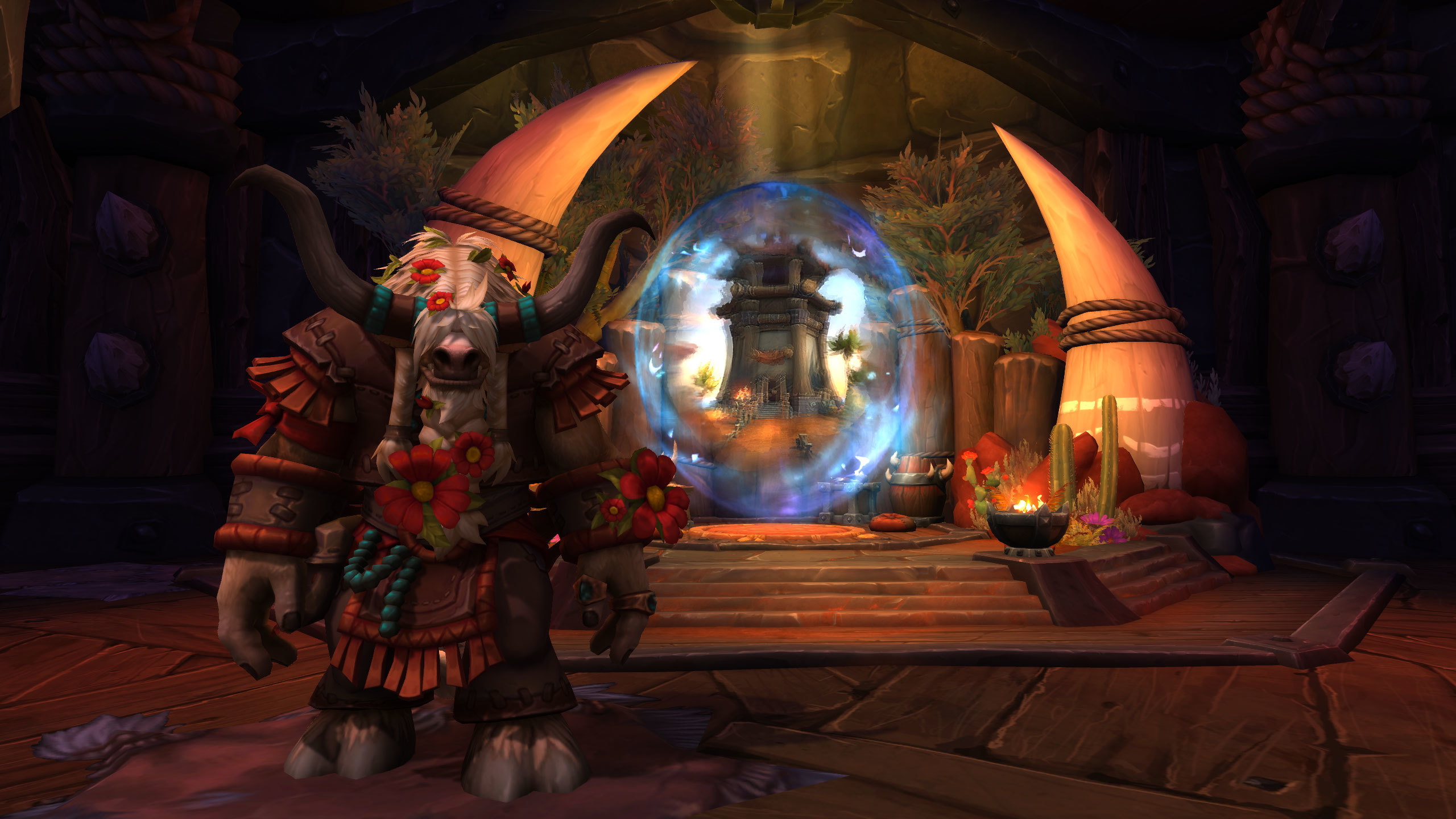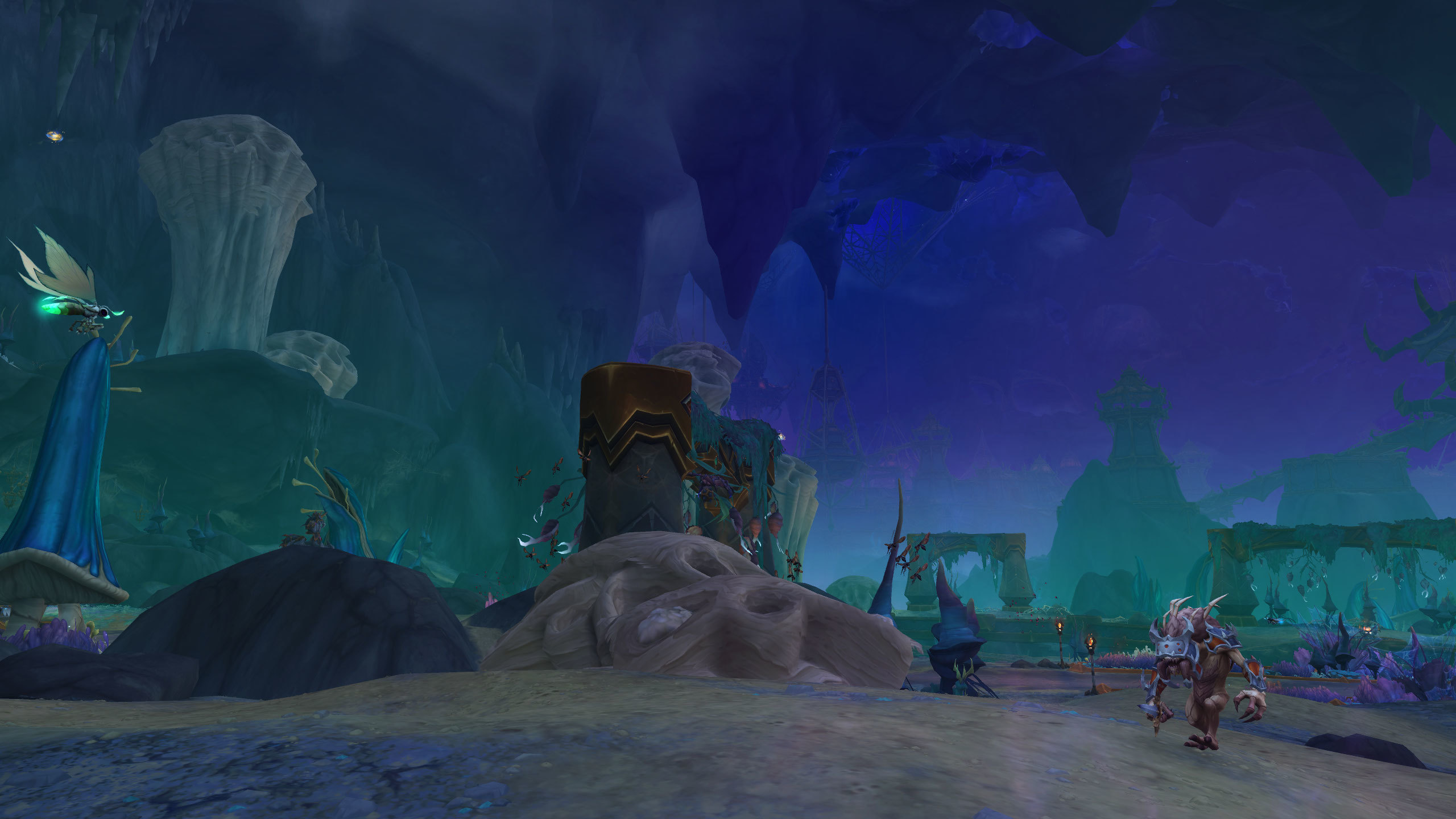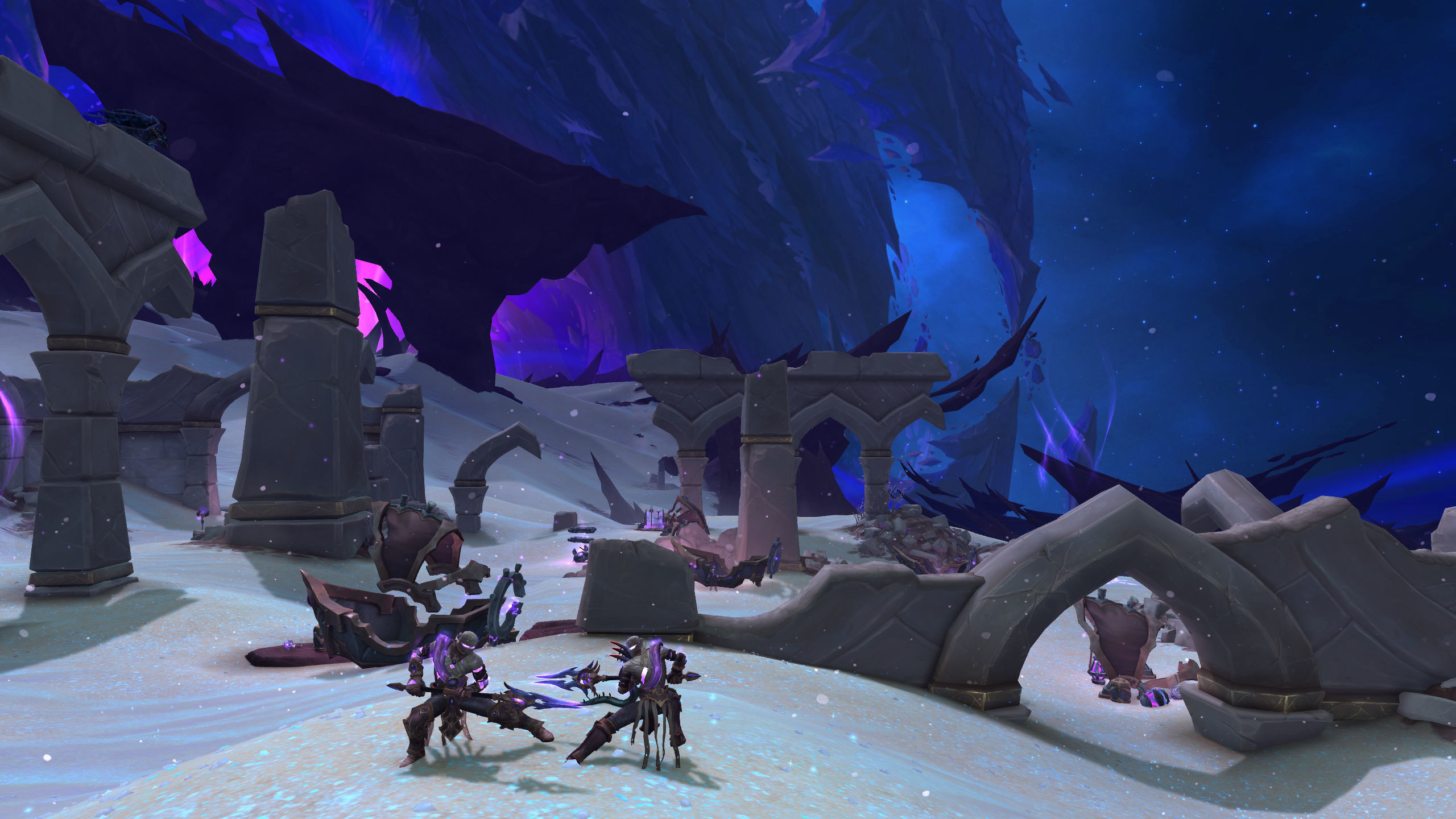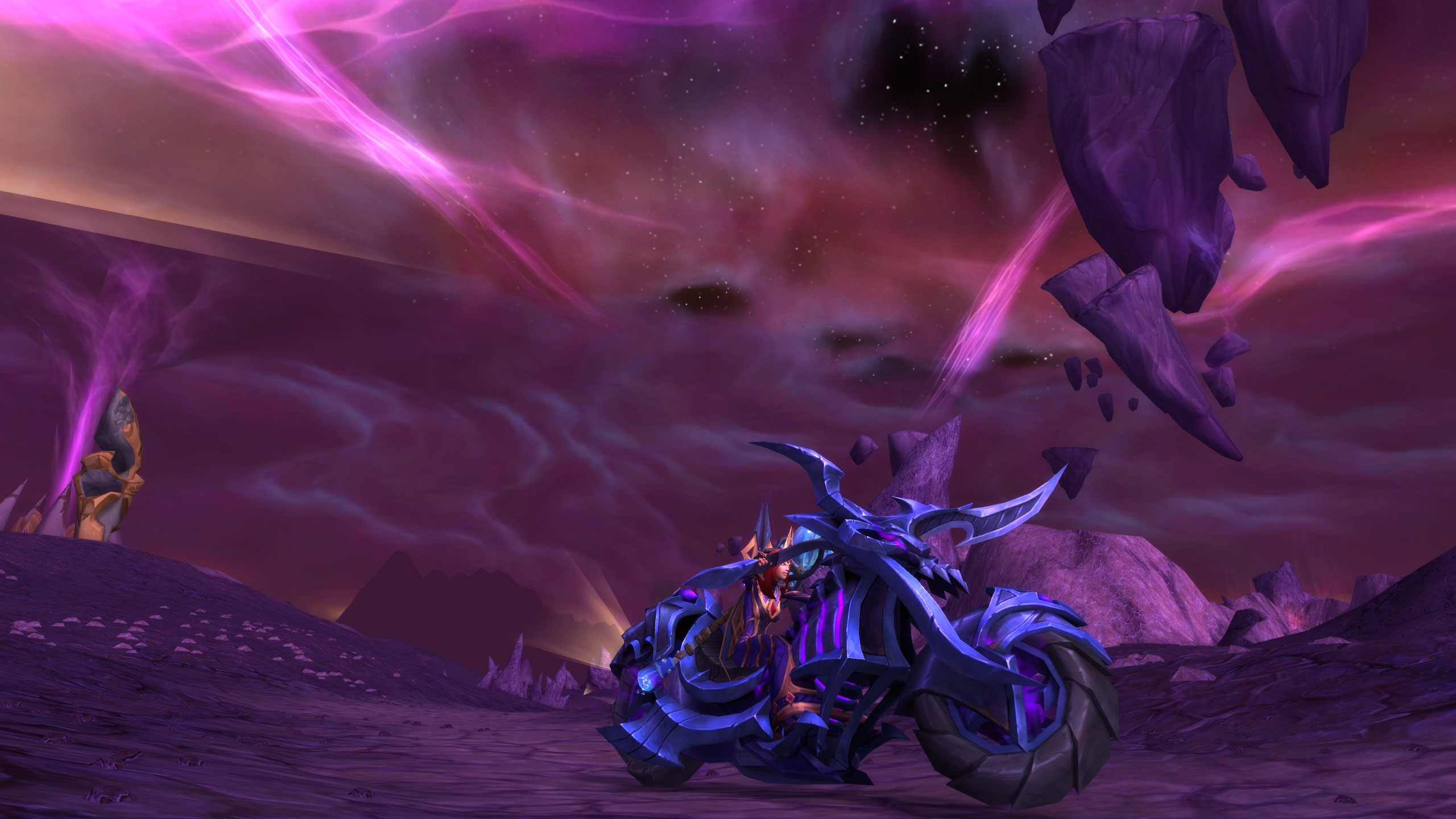jackgoldstein-artist
Source for goldfarmers
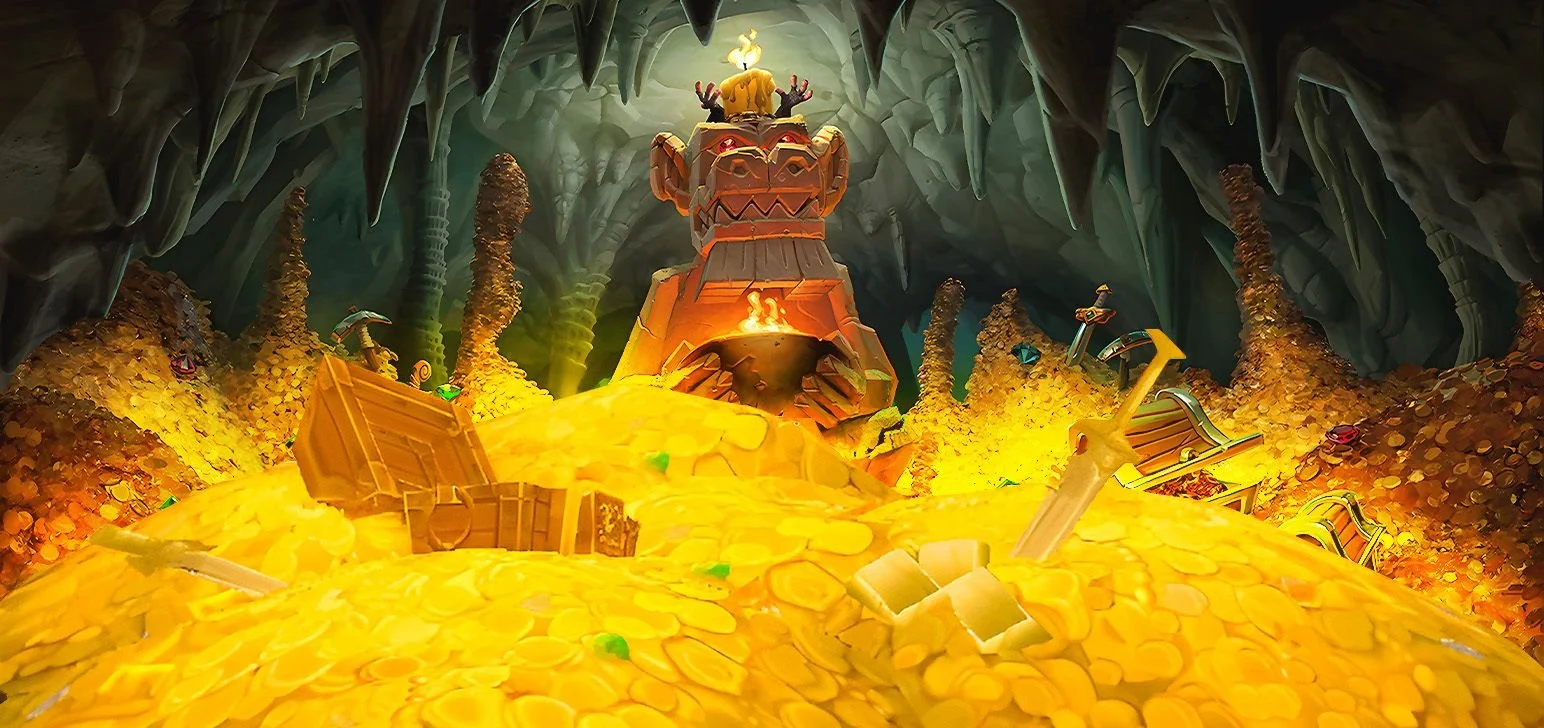
Maximize Your Wealth with WotLK Gold Strategies
-
Why WoW’s Dungeon Aesthetics Tell More Story Than Some Questlines
Dungeons have always stood as condensed expressions of narrative. Their architecture, lighting, sound, and layout communicate themes long before a single boss speaks. While questlines offer context, dungeons often capture the emotional truth of a story more clearly — illustrating conflict, decay, ambition, or mystery through visual storytelling. Every wall, corridor, and encounter is a
-
Exploring the Ethics of Resurrection Spells in Warcraft Lore
In a world where death is rarely permanent, the act of bringing someone back to life raises profound moral questions. Resurrection spells in Warcraft are among the most powerful forms of magic, blurring the line between mercy and manipulation. Whether cast by priests of the Light or necromancers of shadow, each resurrection forces players and
-
Efficient Daily Objective Completion Guide for Maximum Progression
Introduction to Daily Objectives Daily objectives in The War Within Season 3 are one of the most reliable ways to earn steady progression. They grant experience, mats, sockets, and reputation tokens that fuel both short-term character growth and long-term Warband advancement. While many players treat daily objectives as routine chores, completing them efficiently transforms them
-
WoW Transmog Trends 2025: Most Popular Armor Sets
WoW Transmog Trends 2025: Most Popular Armor Sets Introduction Transmogrification in World of Warcraft has become more than just a way to change your appearance — it’s now a major form of self-expression in the game. Each year, new styles, color combinations, and classic throwbacks cycle through the transmog scene, creating a culture of fashion
Gear Up Faster: How Cheap WoW Classic Gold Speeds Your Progress
Introduction
Getting the right gear early can make a big difference in how fast you move through WoW Classic. Good equipment boosts your damage, toughness, and overall efficiency. With extra gold in hand, you can pick up useful items as soon as they appear, rather than waiting for random drops. This means fewer grind sessions for gear and more time enjoying content you find fun, like dungeons, battlegrounds, or world events. Cheap WoW Classic Gold gives you the freedom to buy key upgrades at each level bracket, so you spend less time farming and more time playing.
Buying affordable gold is like a shortcut to gear milestones. At level 20, having just one or two stronger pieces can open up new dungeons and quests. By level 40, solid weapons and armor let you tackle elite mobs that grant better experience. At the max level, top‑tier items prepare you for endgame raids or high‑rank PvP brackets. Skipping the slow gear grind can make your character feel competitive and relevant every step of the way. While some players enjoy farming every copper by hand, others value the boost that gold brings, especially if they balance buying with in‑game effort. You still need to learn your class and skills, but extra gold gives you gear that matches your growing skill set.
This article explains how to use Cheap WoW Classic Gold to speed up your gear path. We will cover key level brackets, item choices, and smart spending tips. By planning your gold use around gear goals, you can focus on playing rather than farming. Let’s look at the targets you should set for each major level point.
Gear Goals by Level
Setting clear gear goals at levels 20, 40, and 60 can guide your gold spending and keep you moving forward. At level 20, aim for a decent weapon upgrade and a couple of armor pieces that boost your main stats. For example, a green‑quality weapon from the Auction House or vendor can raise your damage output by 5–10 percent. Armor pieces like gloves or a chest piece with extra stamina or strength help you survive tougher groups. Plan to spend a small chunk of gold—just enough to cover vendor markup or Auction House fees—so you can hit level 30 without a gear shortfall.
When you reach level 40, shift your focus to high‑value items that offer lasting benefits. This could include a mid‑tier trinket with useful procs or a helm with a socket for future gem upgrades. By spending gold on these items, you set up your character for late‑game content. At this point, you might invest in a vendor’s enchant that adds extra hit or attack power. Spending a few gold pieces here pays off in smoother dungeon runs, with less downtime between pulls and fewer deaths.
At the max level of 60, top equipment can make or break your raid or PvP success. Use your accumulated gold to pick up rare pieces from the Auction House or to pay for key enchants like Crusader or Superior Wizard Oil. A solid gear set reduces the time you spend repairing and rerunning old content. With clear goals at each stage, your gold acts as a tool for steady, visible progress.
Weapon and Armor Upgrades
Your main hand weapon and core armor slots deliver the biggest impact on performance. At every level jump, assess whether your current weapon fits the next content tier. For damage dealers, a one‑hand axe or sword that adds critical strike chance can boost your DPS sharply. Healers and casters benefit from staves or one‑hand weapons with extra intellect or spirit. Armor pieces that increase your primary stat—strength for tanks, agility for rogues, intellect for casters—should be the first targets when you shop.
Compare vendor buys with Auction House options to find the best deal. Vendors often sell solid blue items at fixed prices, but the Auction House can have deeper discounts if you watch the listings. Look for items with at least two pieces of primary stat over your current gear. Always check the vendor’s stock after daily resets, since new items can appear at good prices. When you find a budget option that clears a content block, buy it and move on to the next milestone.
Timing your upgrades around dungeon runs adds efficiency. If you know you will be farming a specific dungeon for XP, buy the gear that completes before or after that run, so you can test the upgrade immediately. This way, you see the impact at once and avoid buying items too early or too late. By focusing your gold on key weapon and armor slots, you create a stronger base for all other upgrades that follow.
Boosts with Enchants and Gems
Adding the right enchants and gems can lift your stats more than some gear pieces. An enchant adds stats directly to a weapon or armor slot, while a gem fits into a socket for an extra boost. For example, a simple enchant on your weapon that adds +10 attack power might cost only 1–2 gold, yet it can raise your damage by 5–8 percent. Casters can pick an enchant that adds +15 spell power to a staff for about the same price, giving a clear increase to healing or damage. Gems often cost more gold, but a single well‑chosen gem can add +8 to your main stat or split stats like +4 strength and +4 critical strike. Planning your enchants and gems list in advance avoids wasted gold on low‑impact choices.
Below is a table of common enchants and gems, their approximate gold cost, and the typical stat gain you can expect. Prices can vary by server, so treat these as guidelines:
| Enchant or Gem | Cost (gold) | Stat Gain |
|---|---|---|
| Crusader Weapon Enchant | 2.0 | +45 Strength on hit |
| Greater Intellect Scroll | 0.5 | +10 Intellect |
| Minor Speed Gem (Yellow) | 1.5 | +8 Agility |
| Mighty Stamina Gem (Red) | 2.5 | +10 Stamina |
| Spell Power Enchant (Bracer) | 1.0 | +15 Spell Power |
Use this table to pick the highest gain per gold spent. Focus enchants on your weapon, bracers, and chest first. Socket gems go best in helmets and belts with two or more slots. If you face tough three‑pull packs in a dungeon, add stamina enchants. In PvP, agility or resilience gems can sway the outcome of a duel. Always check the Auction House at daily reset for price dips, and buy gems in stacks of five or ten to secure a lower per‑piece rate.
Consumables and Repairs
Consumables and repair funds are small gold investments that keep you in action. Running out of health potions mid‑dungeon or getting stuck without repair money means wasted time and lost experience. Plan your consumable stock before each session. A balanced mix of health and mana potions, buff food, and elixirs covers most scenarios. Health potions restore a large chunk of HP instantly. Mana potions close big mana gaps in tough fights. Buff food adds a temporary stat bonus, and elixirs give longer‑lasting effects on primary or secondary stats.
Key consumables to keep on hand:
- Health Potions (e.g., Superior Healing Potion)
- Mana Potions (e.g., Mageblood Potion)
- Buff Food (e.g., Smoked Desert Dumplings for strength or spell power)
- Elixirs (e.g., Elixir of Fortitude for stamina, Elixir of the Mongoose for attack power)
- Bandages (e.g., Runecloth Bandage for emergency self‑heals)
Set aside about 15 percent of your total gold for these items. Buy in moderate stacks (10–20) to capture bulk discounts on the Auction House. For repairs, always carry at least 1–2 gold. If you plan a long dungeon marathon or PvP session, increase that to 5 gold. Repair costs scale with damage taken and gear quality—more deaths mean higher fees. To avoid sudden drain, consider a minor cloak enchant that cuts repair bills by a few copper per session.
Travel and Training Perks
Saving gold for travel and training fees unlocks new zones and skills fast. Riding skill and mounts cost about 10 gold at level 40, but if you set aside 1–2 gold each level from 20 onward, you hit that mark without stress. Early mounts cut travel time by half on most routes, and flight paths let you cross continents in minutes. Plan your hearthstone location in a central hub—switch it as you move into new zones to reduce travel run‑backs.
Class and profession training fees also add up. Basic spell ranks cost a few silver each at early levels, rising to 3 gold per major rank at level 60. Professions charge for new recipes; focus first on those that help you earn or save gold, like mining smelting or first aid. Keep a small “training fund” of 2–3 gold ready so you never delay a rank‑up. If you find extra gold, invest in a higher‑tier recipe that unlocks better items or materials you can sell.
By splitting your travel and training budget into small chunks—say, 10 percent of your gold for mounts and 10 percent for training—you smooth out big expenses. This steady approach keeps you on the move and at peak skill level, so you spend less downtime running back to towns and more time playing with full power.
Conclusion
Spending Cheap WoW Classic Gold on gear, enchants, consumables, travel, and training keeps your character moving forward without long delays. By setting clear targets at level milestones and using a simple budget, you make every gold count. Gear upgrades at levels 20, 40, and 60 form the backbone of your power curve. Adding cost‑effective enchants and gems fine‑tunes your performance, while consumables and repair funds cut out unwanted breaks. Early investment in mounts, flight paths, and training keeps you mobile and current with skills. Tracking your budget and expenses helps you avoid running dry when you need gold most.
With focused spending, you slice down grind time and spend more time enjoying the parts of the game you like best. Balance buying with some in‑game effort—farming a little gold here and there helps you stay engaged and informed about market prices. At the same time, cheap gold purchases fill in the gaps and let you test new gear earlier. Use the strategies in this guide to plan your gold use, hit your targets, and watch your character gear up faster and stronger.
Proudly powered by jackgoldstein-artist.com

